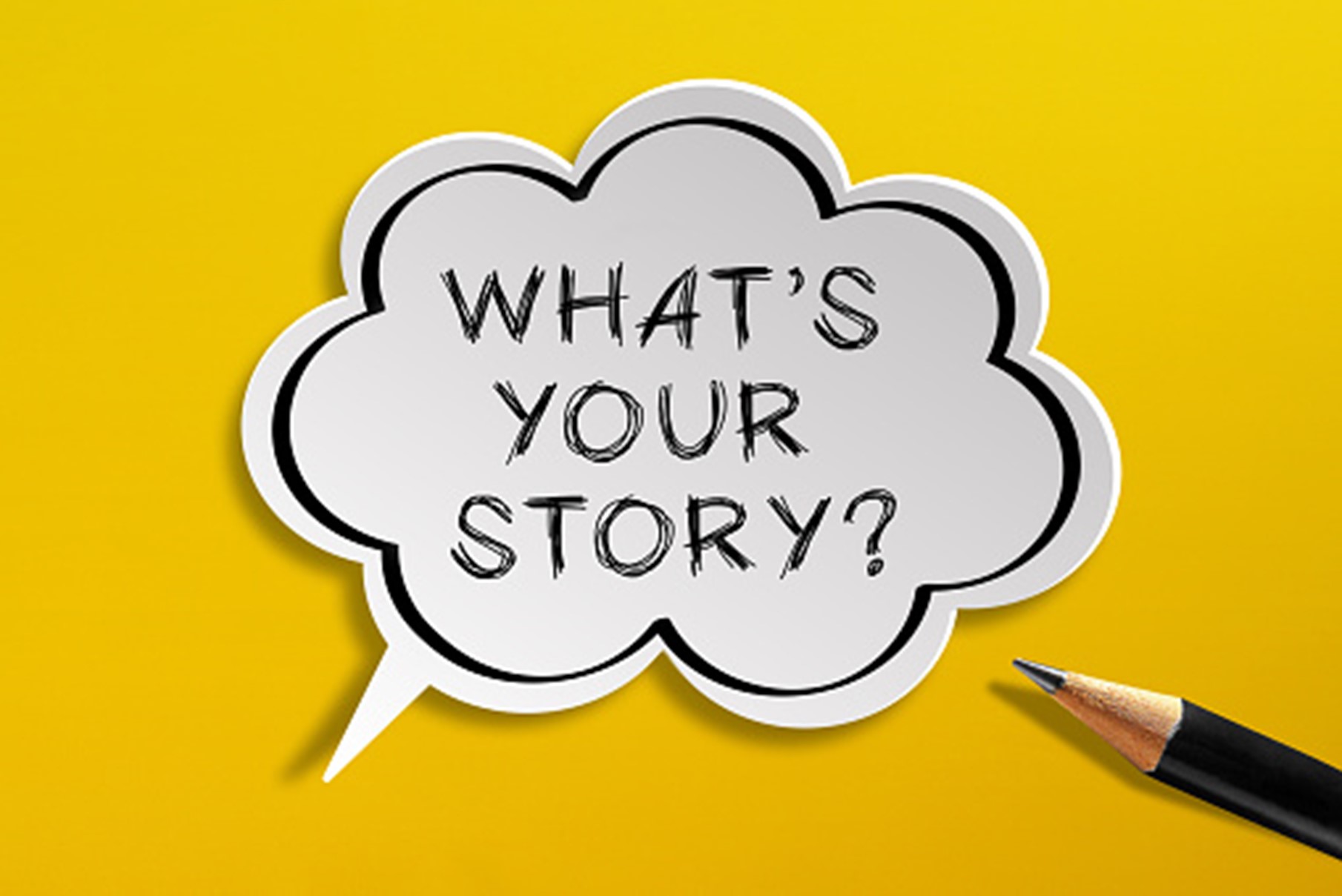Share Your Story: Shanthi Hegde

As I started my college journey, I found myself 16 hours away from home. Little did I know that by the end of my Freshman year, I would be grappling with a diagnosis of a bleeding disorder. Navigating doctor's appointments became daunting, which was even more challenging by the absence of my parents' support. I remember hearing the words “bleeding disorder” for the first time, a concept that was almost completely new to me, and the fact that no one else in my family had a bleeding disorder only amplified the isolation I was experiencing. Fortunately, I was blessed with an excellent care team, but I quickly realized the importance of advocating for myself. Nearly two years have passed since I was diagnosed at the age of 19, and I want to share some of the wisdom I've acquired with everyone.
Being a naturally shy person, advocating for myself didn't come easily. It took me some time to realize that my symptoms were worsening, reaching a point where the bleeding became severe. I started to outline a lot of my symptoms, making it clear to my OBGYN during our appointment that I was struggling significantly, and the medications I was taking were ineffective towards controlling my bleeding. Making sure I could clearly point to what was going on and provide some examples was key, which is when I discovered a valuable resource in the National Bleeding Disorders Foundation's Better You Know Menstrual Chart and Scoring System. It provides a structured way to convey the severity of the bleeding to healthcare providers, and help me keep track of my bleeds which really factored into open communication and decision making between my provider and I.
In addition, lab testing was an overwhelming experience for me. The multitude of tests ordered left me feeling confused as to what each test meant, and why they were significant in my diagnosis journey. Consulting the Better You Know guide on lab testing proved invaluable in learning more about these tests. It provided clear explanations of what each blood test aimed to reveal, empowering me to advocate for myself by discussing specific tests with my provider necessary for my diagnosis.
Navigating healthcare alone as a young adult, far from home, took a significant toll on my mental health. Discovering my diagnosis late in the game added to the challenge, and feeling isolated was inevitable. Through the National Bleeding Disorders Foundation (NBDF), I found the National Youth Leadership Initiative (NYLI), a program tailored for young adults with bleeding disorders, aimed at fostering leadership within the community. It seemed like the perfect opportunity to connect with peers who shared similar experiences. Through NYLI, I also found my way to my local chapter, which provided invaluable support and education that helped me navigate the complexities of my bleeding disorder.
Joining NYLI was incredible, offering a platform to engage with my cohort and delve into their unique stories. Conversations with fellow members revealed similarities, particularly among women with bleeding disorders where we all found we have a long journey in getting a diagnosis. I learned that up to 1 in 100 women and girls grapple with bleeding disorders, many of whom remain undiagnosed. This is almost 1.6 million women and girls that are being dismissed or unheard. This realization resonated deeply with my own diagnosis story, which took five years to be properly tested.
Navigating life with a bleeding disorder, particularly as a young adult, comes with its challenges, but NBDF's resources have made the journey significantly more manageable. Being connected to a supportive chapter has facilitated discussions and provided access to medical professionals, offering insights into treatment options—an invaluable asset on my bleeding disorder journey.
About The Author
You May Also Like

Looking for more resources for women and girls with hemophilia?…
Share your voices, stories, artwork and videos.
